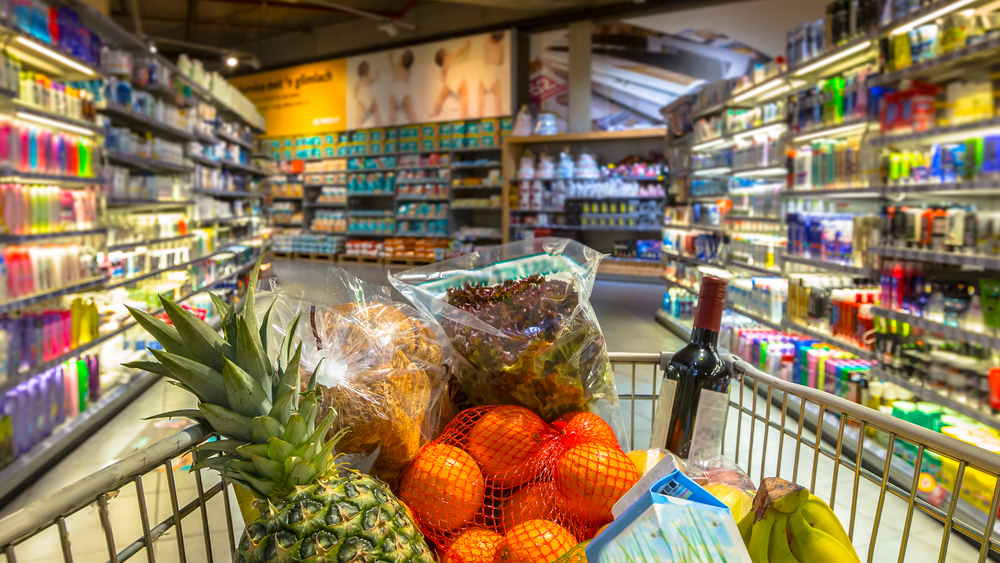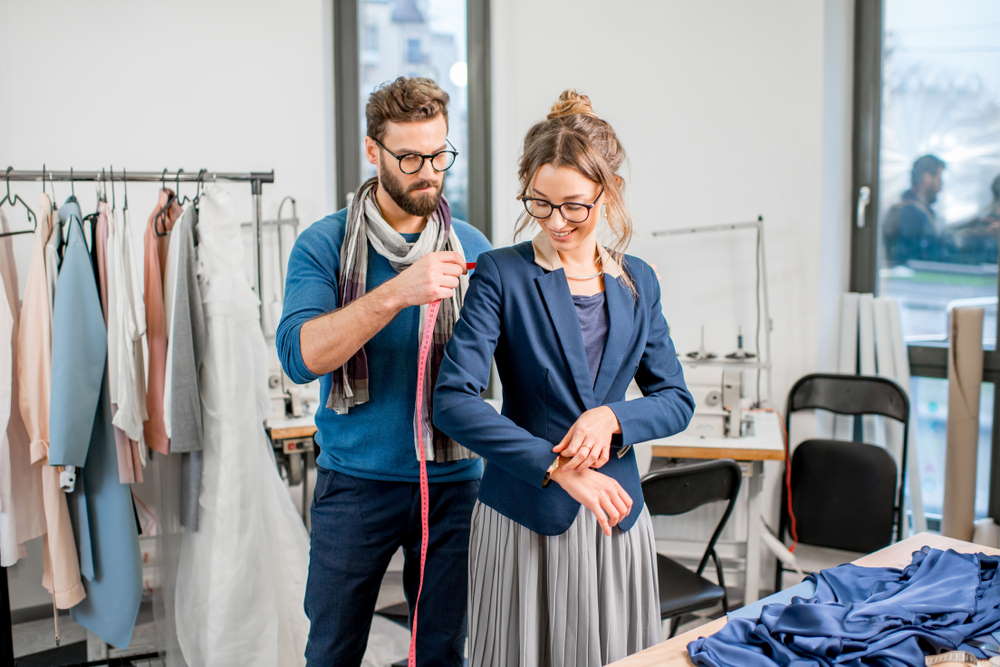- Improved Compliance
- Real Consumer Engagement
- Enable Digital Reorder
& Replenish
Circular Solutions In Food and Fashion Industries
What is a Circular Solution?What is a Circular Solution?
A circular solution is a plan that allows the life of an item or a product to live full circle and get the most use of its life for as long as possible. This can branch off in a variety of directions and be slight differences in various industries.
For instance, plastic packaging begins its life in a massive production facility, items are packaged in the plastic holder, items are shipped to consumers, and then the plastic packages wind up in our landfills. Plastics are often not recycled properly, which means the perfectly intact and barely used plastic package or container ends its life there. However, if that plastic item was recycled properly, it could be used hundreds or thousands of times more, resulting in less waste and a fuller, more circular life.
Circular solutions create a more sustainable and environmentally friendly outcome. Most companies merely focus on linear solutions. They do not think about the long-term effects and to long-term needs of our planet and our society. Linear solutions mean the company is more focused on making the product, having them used, and then disposing of the leftovers without paying attention to the impacts of what happens after the products are disposed of. A circular solution doesn’t stop at the disposal of the product, it cares about what happens from there as well.
Food Industry Circular Solutions
The food industry creates some of the largest amounts of waste on our planet. From plastic bags, bottles, cups, and utensils to aluminum cans and glass jars, food-packaging waste is everywhere…and we mean everywhere, including the oceans, on the side of roads, and in national parks.
Unfortunately, most food packages are not made with sustainable materials, are not biodegradable, and wind up in landfills or scattered over the earth. A circular solution can help negate these effects and improve our planet, our food system, and the ability to sustain a healthy and happy planet and society. One way circular solutions aim to fix this issue is to make sure our economy is designed around restoration and rejuvenation. Instead of solely focusing on a product being made and then winding up in a landfill, the materials used in production and the final product can be reused and recycled. This creates a full-bodied system that cycles and flows seamlessly in a circular way.
An example of a biodegradable circular food solution is a Vegaware biodegradable cup. Yes, this cup is compostable and will not end up in a landfill. But the circular solution philosophy takes it a step further. These cups are made from plants that can decompose into the soil within a short 12 weeks.
Circular Solutions in the Fashion Industry
The fashion industry is a multi-billion dollar industry that is ever-growing and expanding at incredible rates. We often think of clothing and the materials made to use clothing as meaningless and disposable. However, the complete opposite is true. With the mega fast production of clothing, an alarming amount of textile waste is also produced. Numbers indicate that about half of fashion textiles are disposed of within a year and one garbage truck full of clothing winds up in a landfill every single second.
Furthermore, we also see very low rates of clothing recycling. Plastic and man-made microfibers from clothing and fabrics wind up in our oceans and fish and sea animals eat these fibers. Humans then eat those fish and we are investing thousands of microplastics and fibers into our bodies…and this is not the type of circular solution we are looking for. Humans essentially eating clothing supply are not an example of a good circular solution.
So, what does a good circular solution in the fashion industry actually look like? First, we must focus on eliminating clothing materials and textile that contain microfiber release so microfibers and not ending up in the ocean, animals, and our food supply. Improving clothing utilization, wearing our clothes for more than a few months or a year, and then properly recycling our unwanted clothes will greatly reduce issues. And lastly, making proper use of our clothing resources and using renewable energies will complete the circle and provide a solid circular solution.

